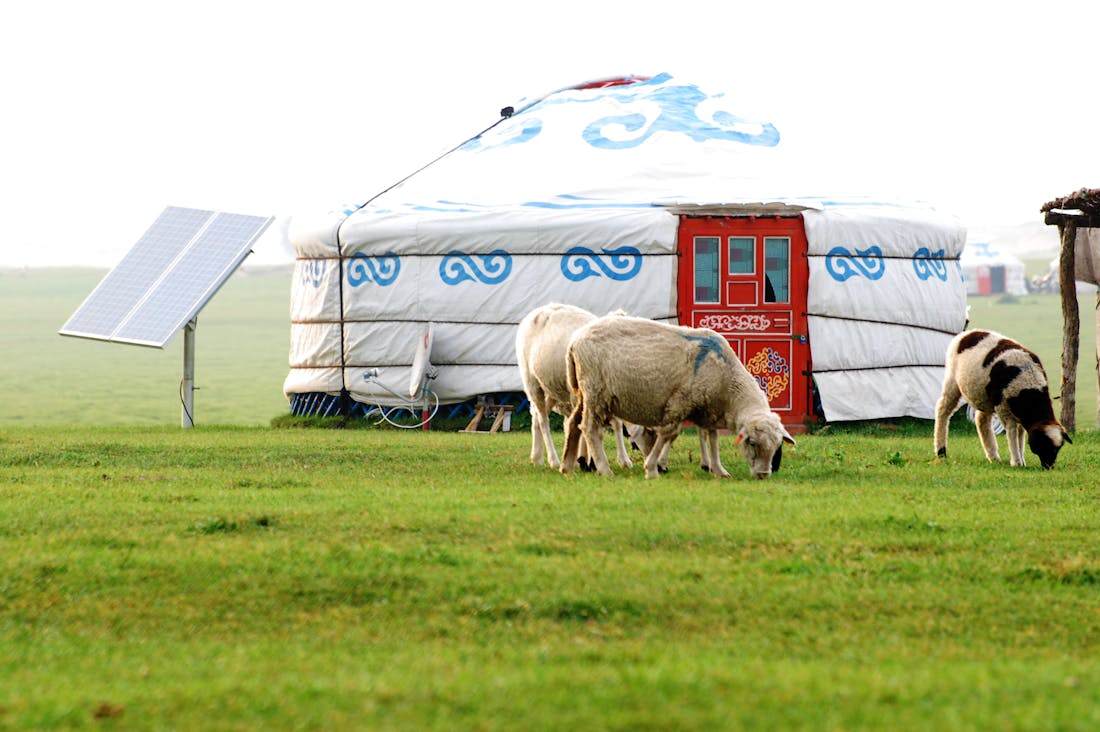In an era where environmental concerns are at the forefront, the concept of home living is undergoing a remarkable transformation. Revolutionizing home living with sustainability-inspired design practices not only enhances aesthetic appeal but also promotes eco-friendly choices. This shift emphasizes harmony with nature, energy efficiency, and responsible material usage, ultimately fostering healthier home environments for generations to come. By integrating innovative designs that prioritize sustainability, we can create spaces that reflect our commitment to the planet while enjoying modern comforts and functionality. Join us as we explore how these transformative practices are redefining what it means to create a home.

Incorporating Eco-Friendly Materials
Incorporating eco-friendly materials into various projects, whether in construction, fashion, or product design, is essential for promoting sustainability and reducing environmental impact. By opting for materials like bamboo, recycled metals, or organic cotton, businesses and individuals can significantly lower their carbon footprint while also supporting sustainable practices. These materials often require less energy to produce, minimize waste, and utilize renewable resources. Additionally, using eco-friendly materials can enhance the aesthetic appeal of products, as they often possess unique textures and colors. Ultimately, adopting these sustainable alternatives fosters a healthier planet, encourages responsible consumption, and inspires a positive shift towards eco-conscious living.

Implementing Energy-Efficient Solutions
Implementing energy-efficient solutions is critical for reducing energy consumption and minimizing environmental impact. Businesses and households can adopt a variety of strategies to enhance efficiency, such as upgrading to LED lighting, improving insulation, and utilizing smart thermostats. Vehicles can also be optimized with fuel-efficient designs or electric alternatives. Furthermore, investing in renewable energy sources, such as solar panels or wind turbines, can significantly lower reliance on fossil fuels. Educating employees and family members about energy conservation practices, like turning off unused devices or reducing water heating temperatures, can reinforce these efforts. Ultimately, these changes not only contribute to a sustainable future but also yield significant cost savings over time.

Creating a Harmonious Living Space
Creating a harmonious living space involves a careful blend of aesthetics, functionality, and personal touches. Start by choosing a color palette that evokes tranquility; soft neutrals, pastels, or earth tones can set a calm atmosphere. Incorporate natural elements like plants, which not only purify the air but also bring life into your surroundings. Furniture should be arranged to promote flow and comfort, allowing for easy movement and inviting interaction. Personalize your space with art and decor that reflect your personality and experiences, creating an inviting environment. Lastly, declutter regularly to maintain a serene atmosphere, allowing positive energy to flow freely throughout your home.
AI-Assisted Content Disclaimer
This article was created with AI assistance and reviewed by a human for accuracy and clarity.